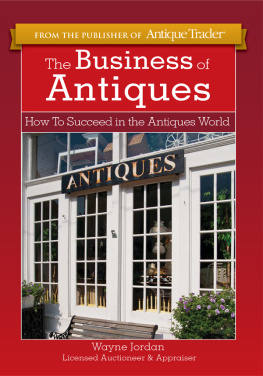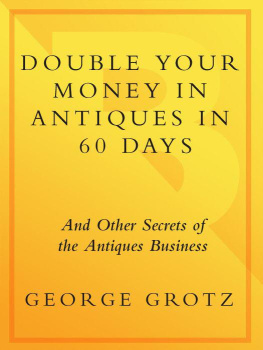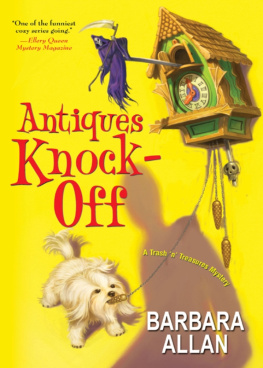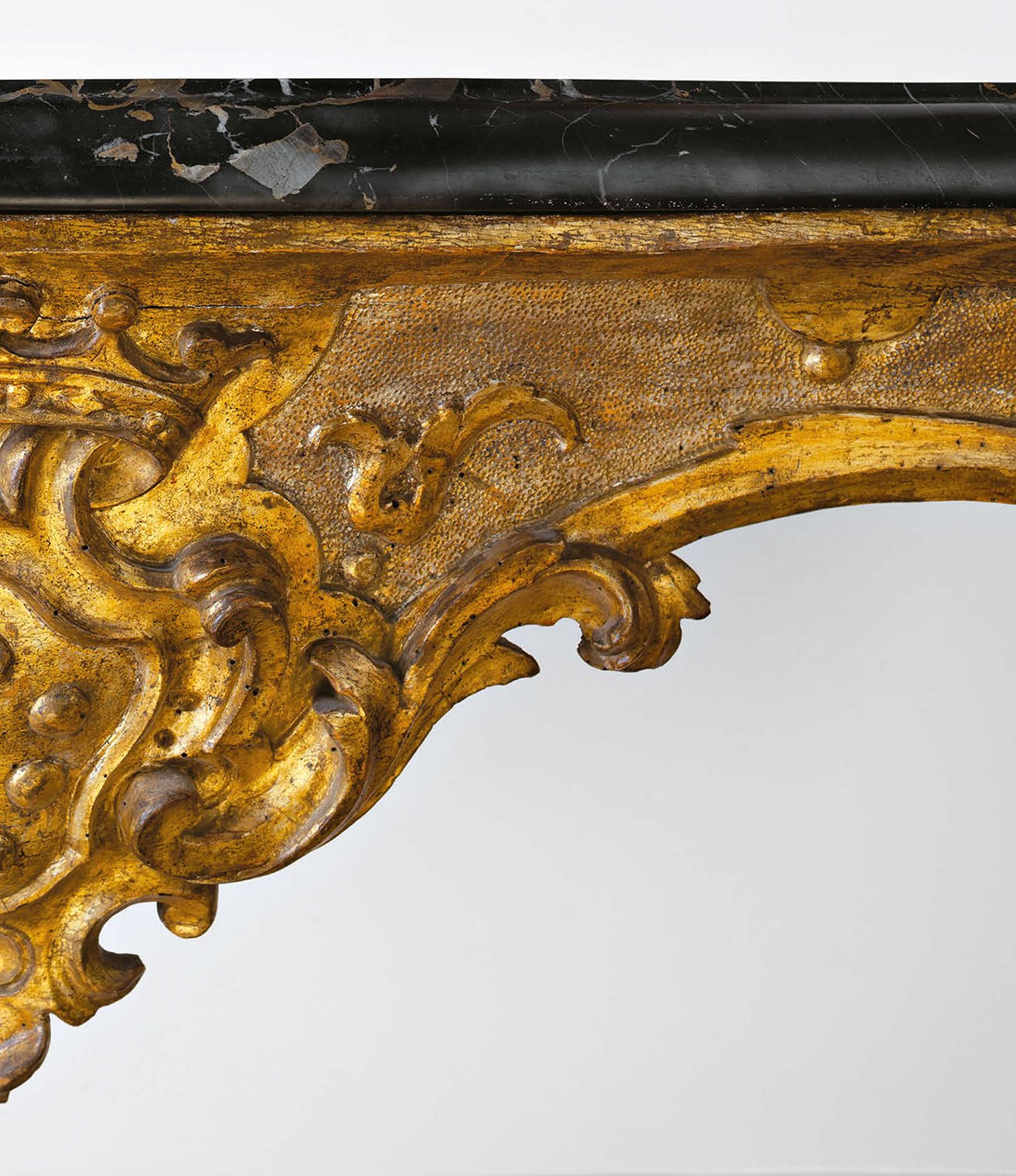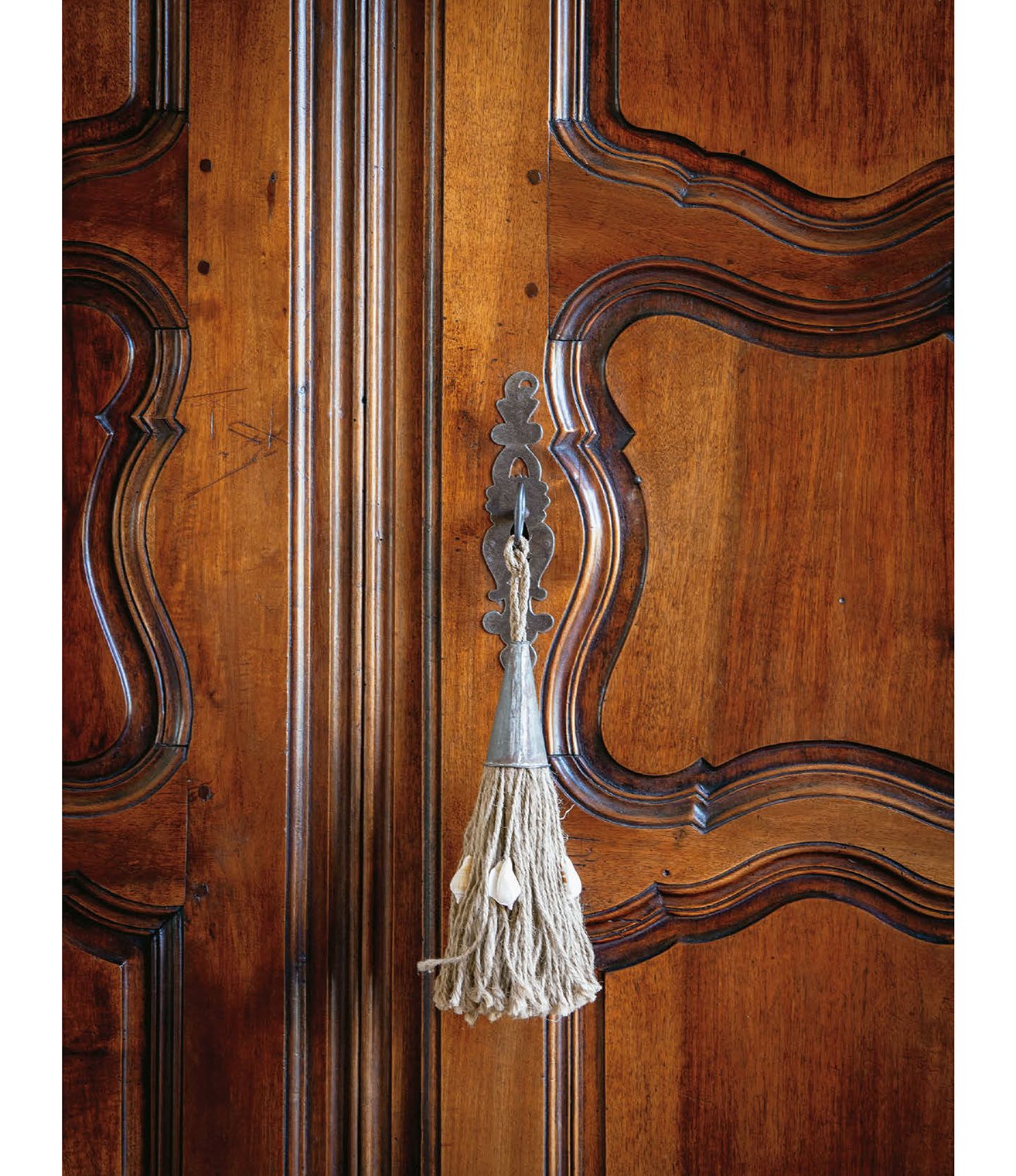
SOUL OF THE HOME
G
rowing up, I had two strong role models in my mother and my grandmother, women who
were very different from each other, but who both had one thing in common: fearlessness.
Their homes reflected their disparate outlooks. My mother loved to paint and lined her walls
with contemporary art; she was a minimalist and her furniture wasand still isall white. I
remember on Saturdays, we would walk around picking lint from the white carpet. My
grandmother, on the other hand, was a world-class collector. Whether it was glassware, books,
or fabrics, her desire to acquire knew no bounds. She had a highly organized fabric room filled to the ceiling with
textiles of every imaginable geometry and color. She loved to sew and would make me clothes, so I had bespoke
fashion from a very young age.
Both of these powerhouse women made an indelible impact on my life. They were risk takers, and constantly
encouraged me to color outside the lines and walk through the walls of fear that spring up in life, which can be
daunting for an adult, much less a child. I remember my grandmother once checking me out of school to help her pick
out a new car. I selected a black fastback Mustang with a red leather interior. As we were driving home, she asked me
to take the wheelI was seven. Although I didnt know if I had the strength to press the brake and feared we might
plunge into the river that bordered my grandparents property, I never said a word about my trepidation because I did
not want her to know I was terrified or think that I could not do what she asked me to do. Its a lesson that has served
me all of my life, helping me to overcome many challenges and lead a life that was not exactly textbook normal; to get
out of the boat and go way out into unknown waters; to trust that when doors opened, they opened for a reason.
One of those doors opened the day in 2000 when Jill Goodacre and Harry Connick Jr. called me and asked
if they could come over to my house and talk about decorating their home in Connecticut. I had to lie down on the
cold brick pavers that were in my galley kitchen after I hung up the phone. At the time, I was selling antiques and
living in the second Victorian Id purchased in New Orleans. The house had made the cover of Veranda , and my
antiques warehouse at the Port of New Orleans had also been prominently featured. As I tried to explain to
Goodacre and Connick, I wasnt a designer. I was an antiques dealer who spent five weeks at a time shopping in
Europe and couldnt imagine having the bandwidth to devote the energy and time to a project like theirs. But when
those two ask you to do something, it is irresistible.
I took on the project, and little by little, through more press and word of mouth, other work came in: renovation
projects, ground-up builds, and a seven-story brownstone near Central Park in New York, as well as other endeavors
in China, Estonia, and Greece. I was still an importer, but I was also becoming something elsea designerand
Introduction

SOUL OF THE HOME
more than anything, I was fascinated by how people lived their lives and how I could help them to do it beautifully,
using antiques and furnishings to create the homes their hearts desired.
I could relate to that kind of desire. It was a similar passionto find out who I was and how that might
translate into my homethat led me to shop for antiques in Europe in the first place. The first twenty-foot container
I shipped home to a mini storage space on Tchoupitoulas Street near the Port of New Orleans sold out in ten
minutes. I couldnt believe my eyes. Eventually, that container led to more: sixteen forty-foot containers a year, filled
with one-of-a-kind finds that I selected from markets, fairs, and dealers throughout Europe. I quickly learned its
what I was born to do. When Im in Europe, I feel like a fish in water, driving through ancient villages, eating fair
food, and appreciating every detail that an artisan has carefully carved to create a masterpiece centuries old.
I was starting to notice that reproduction furnishings were not what I was seeing firsthand in Europe. An
idea Id been toying with was creating a reproduction line that would feature the detail of carving and patina I
always looked for in antiques but that would be attainable and affordable for the average consumer. Tara Shaw
Maison was born.
I launched with forty-six items in 2007right in the middle of a recession. Remarkably, it was an instant
success. I worked in China intermittently for seven years, constantly monitoring the product to make sure the
carving and manufactured patina stayed true to my vision of quality. By the end of that period, the Maison line had
grown to over 260 items produced in seven factories in China, four in India, and additional locations in the United





